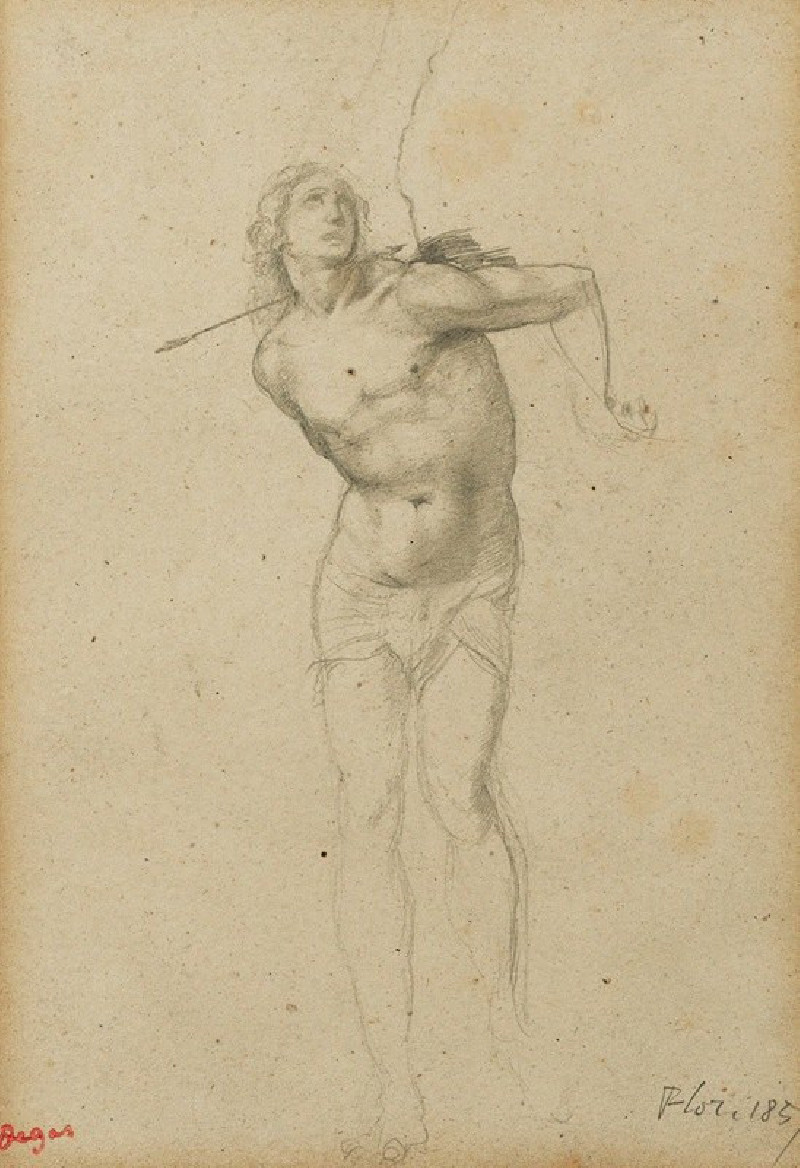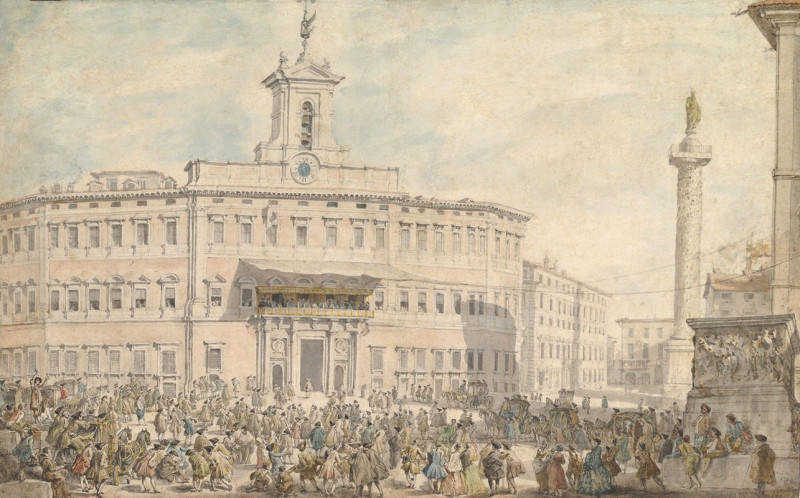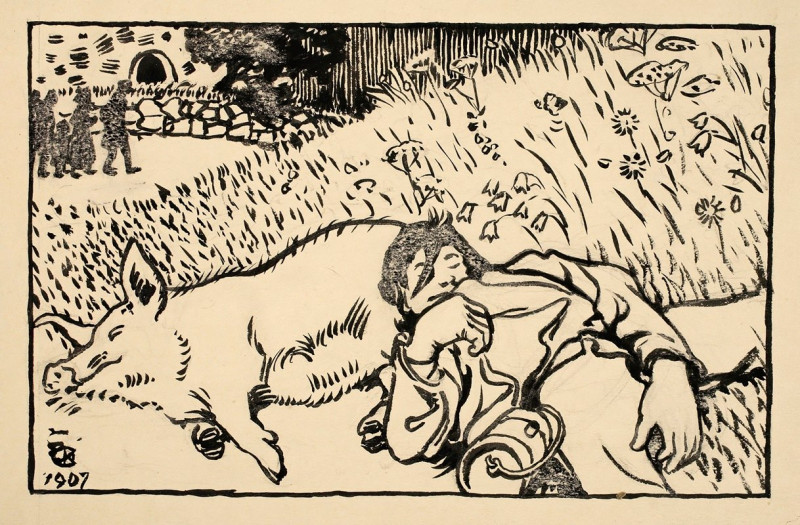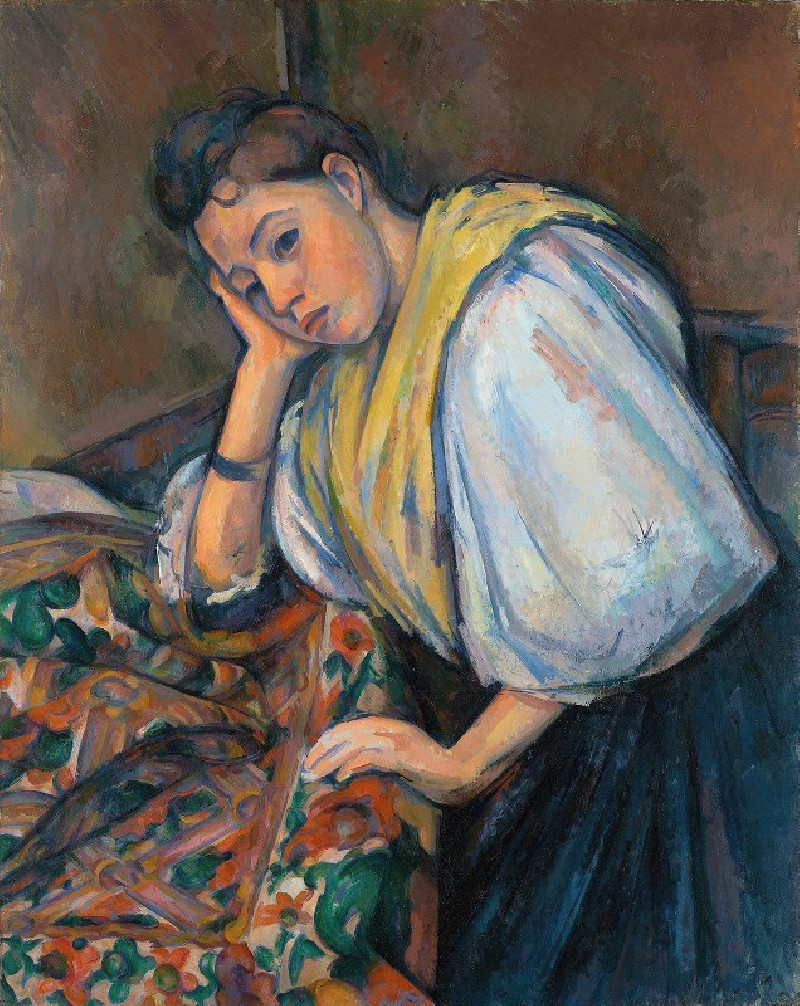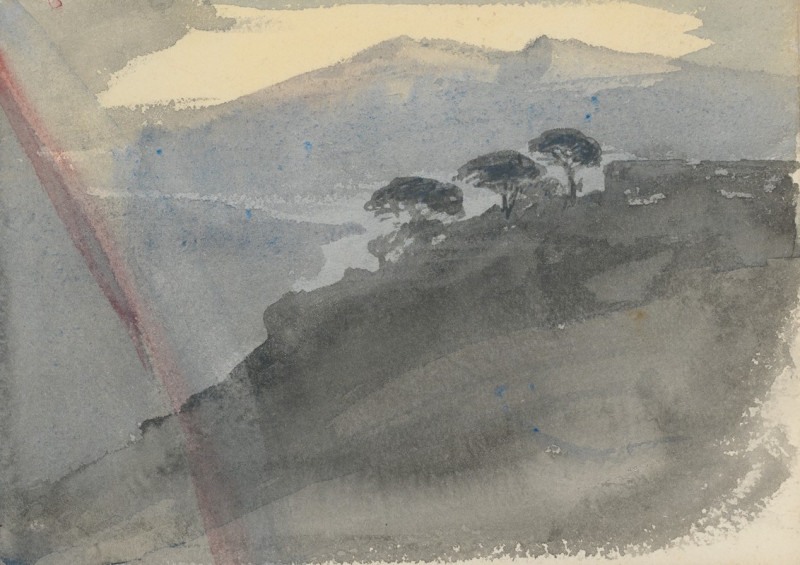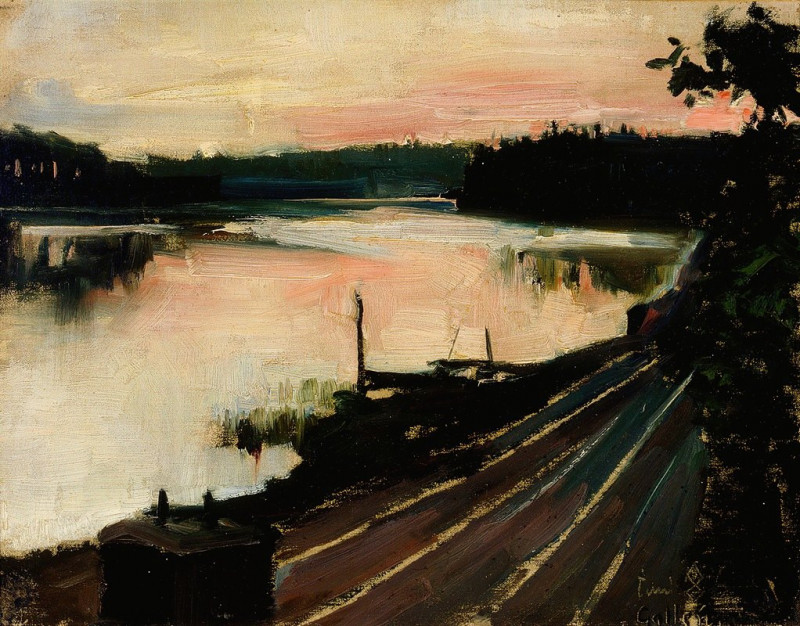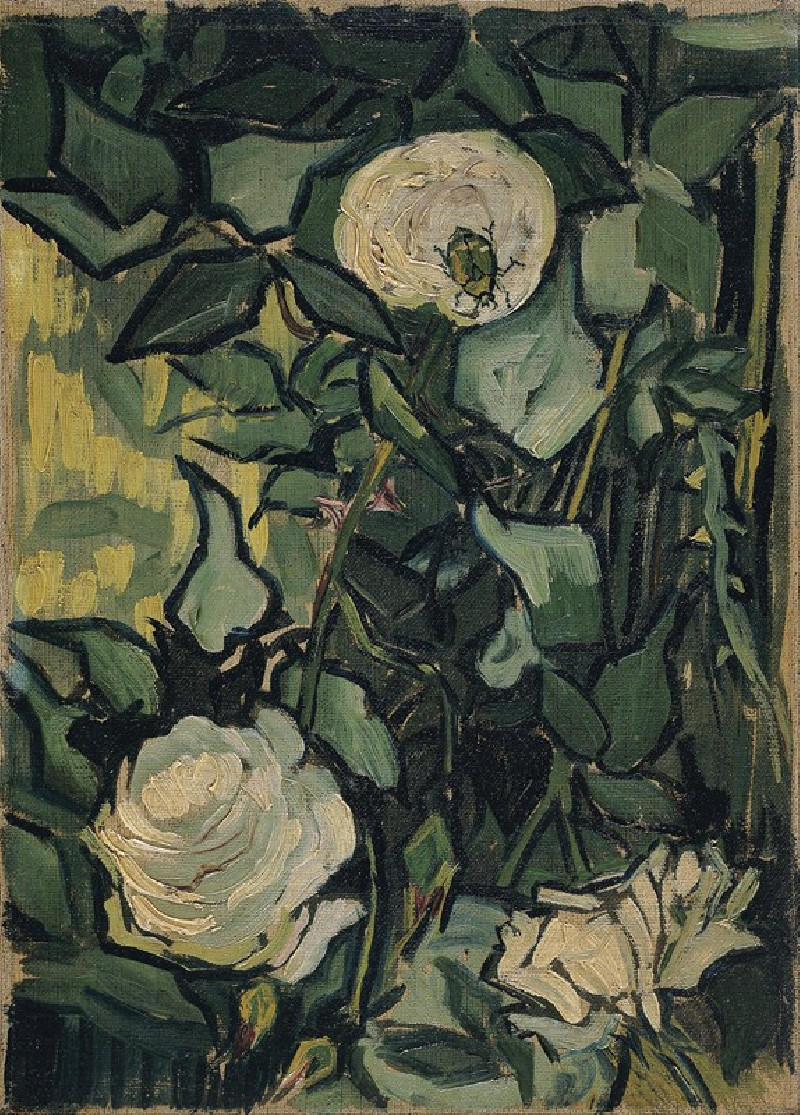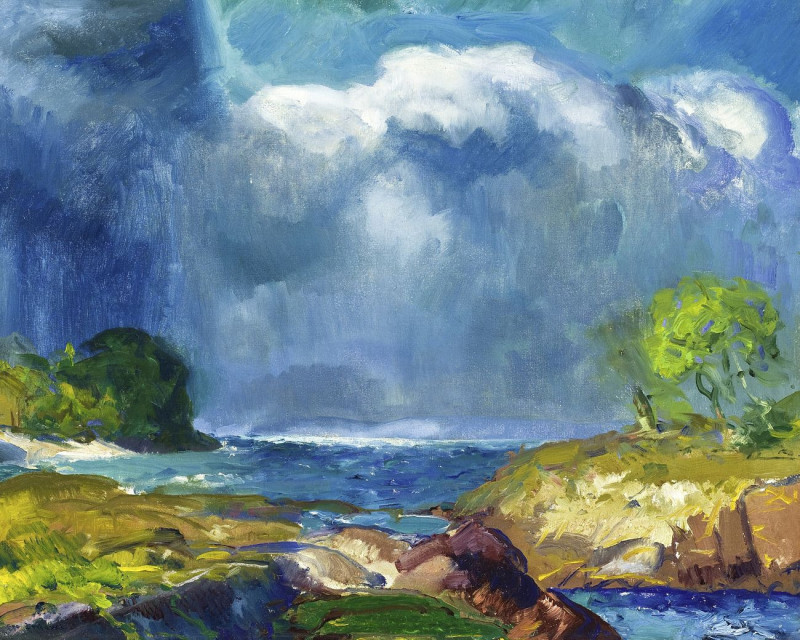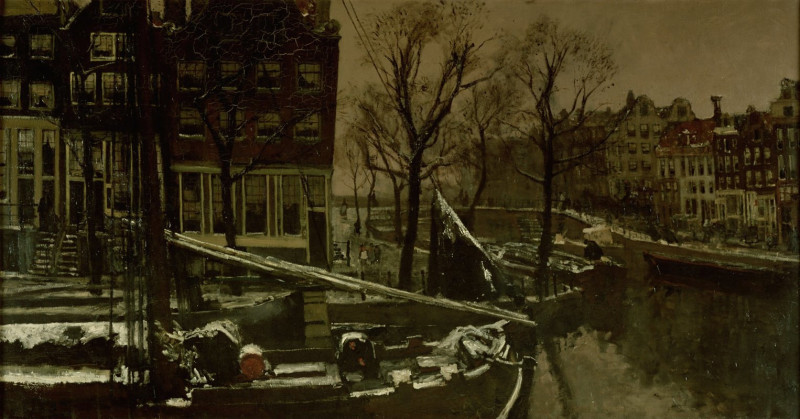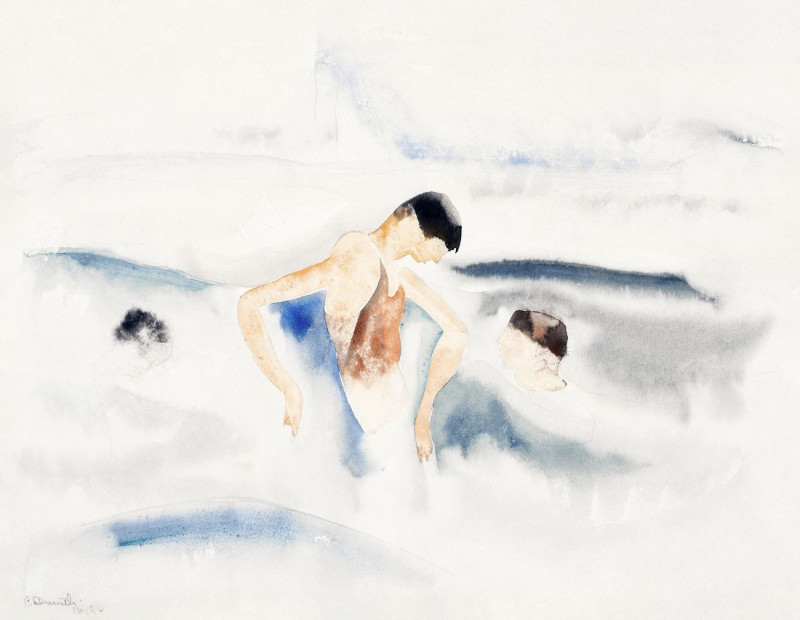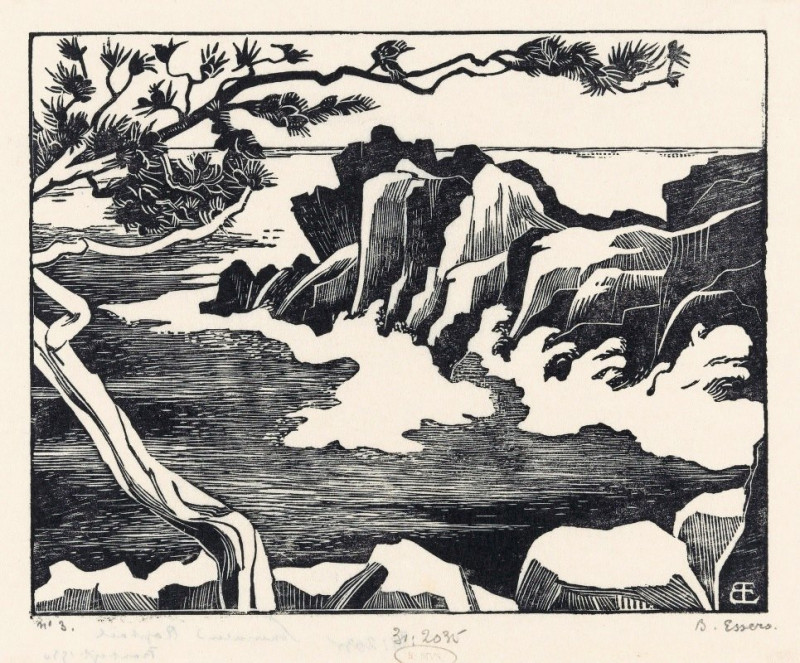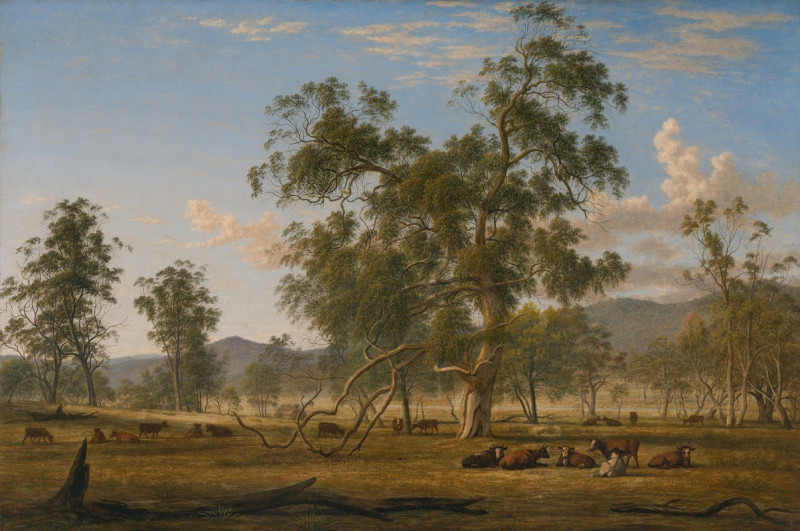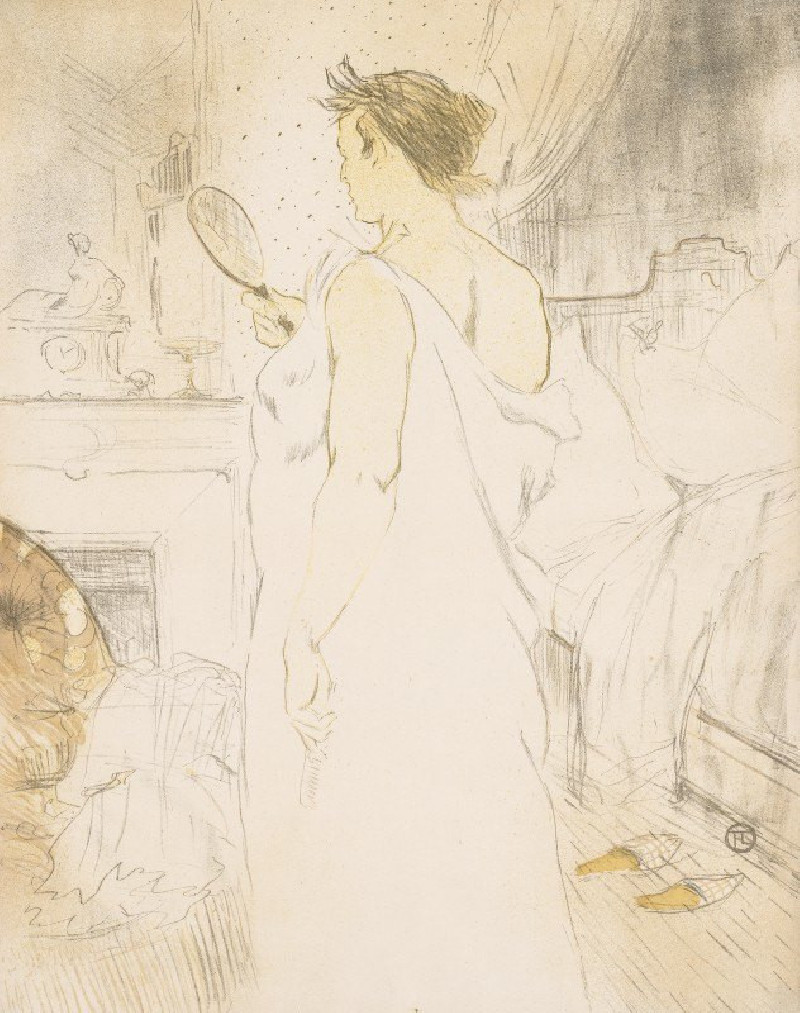George Moore in the Artist’s Garden (c. 1879)
Technique: Giclée quality print
Recommended by our customers
More about this artwork
"George Moore in the Artist’s Garden" (c. 1879) by Edouard Manet captures a compelling and relaxed portrait of George Moore, a notable figure in the 19th-century artistic community, comfortably seated in the dappled sunlight of an outdoor setting. The painting is an exquisite example of Manet’s bold brushwork and his expert manipulation of light and shadow.In this artwork, Moore, depicted in mid-discussion or thought, seems to engage directly with the viewer with his open, albeit slightly perturbed expression. His casual pose, resting on a wooden green park bench, contrasts sharply with his formal attire—a dark blazer over a lighter vest and cravat, paired with grey trousers. The environment around Moore is lush and verdurous, with quick, visible strokes creating a vibrant background that seems almost alive with movement, perhaps from a gentle breeze.The mastery of Manet is evident in his use of color and texture to evoke the mood of a leisurely afternoon in a secluded garden. The choice of colors, from the cool tones of the background foliage to the warmth of Moore's reddish-blond hair, creates a sense of harmony and immediacy. This painting not only provides a glimpse into a 19th-century summer day but also into the life of a man who was part of the cultural fabric of his time.
Delivery
Returns
Édouard Manet (1832–1883) was a French modernist painter and one of the first 19th century artists to paint modern life. His impressionist style is characterized by relatively small and thin brushstrokes that create emphasis on light depiction. Manet was one of the key artists in the transition from realism to impressionism, along with Claude Monet, Edgar Degas, and Pierre-Auguste Renoir. However, he resisted involvement in any one specific style of painting, and only presented his work to the Salon of Paris instead of impressionist exhibitions. His early masterworks, The Luncheon on the Grass and Olympia, created great controversy and served as a rallying point for other young painters.
































